Table of Contents
Are Food Items Allowed in Carry-On Luggage?
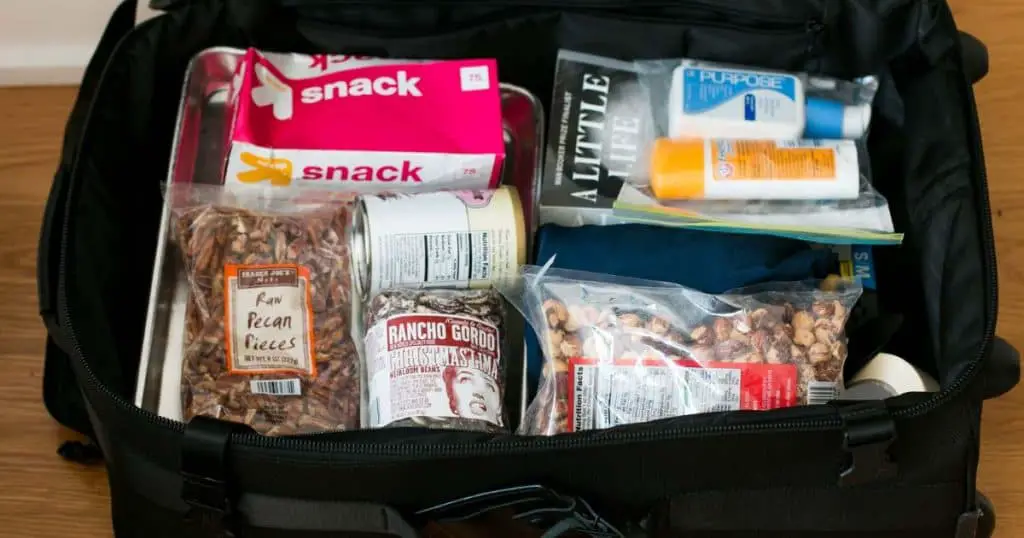
Are you planning to travel and wondering whether you can carry food items in your carry-on luggage? The answer is yes but with certain restrictions. Understanding carry-on luggage rules is essential to avoid any inconvenience at the airport security checkpoint. This article provides a comprehensive guide on the permitted food items in carry-on luggage, special rules for liquids and gels, regulations for baby and toddler foods, carrying frozen and cooled items, screening of special food items, rules for powders and spices, carrying alcoholic beverages, carrying canned and container foods, understanding checked baggage rules, special instructions and accommodations, prohibited items in carry-on luggage, the role of TSA officers and flight attendants, and frequently asked questions.
When it comes to carrying food items in your carry-on luggage, it is essential to know the rules to avoid any confusion or delays at the airport. The TSA has strict guidelines for carrying liquids, gels, and aerosols in your carry-on luggage. Similarly, there are rules for carrying special food items, such as baby food, frozen and cooled items, and powders and spices. Knowing these rules can save you from any inconvenience and ensure a smooth travel experience.
In this article, we will provide you with all the necessary information about carrying food items in your carry-on luggage. From permitted food items to special rules and regulations, we have got you covered. So, let’s dive in and explore everything you need to know about carrying food items in your carry-on luggage.
Key Takeaways
- You can carry food items in your carry-on luggage but with certain restrictions.
- The TSA has strict guidelines for carrying liquids, gels, and aerosols in your carry-on luggage.
- Knowing the rules for carrying special food items can save you from any inconvenience at the airport security checkpoint.
Understanding Carry-On Luggage Rules
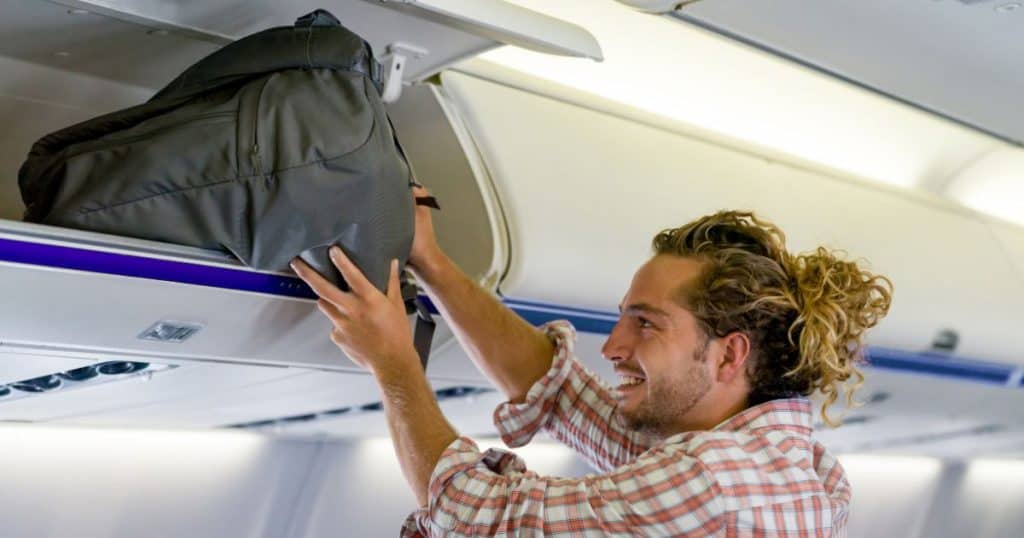
Are you planning a trip and wondering if you can bring your favorite snacks on board? The answer is yes, you can! However, there are a few things you need to know before packing your carry-on with food items. In this section, we’ll help you navigate the carry-on luggage rules and ensure a smooth security screening process.
First and foremost, it’s important to understand the FAA regulations regarding carry-on luggage. According to the TSA officer, all food items must undergo x-ray screening. This means that any food you bring with you will have to go through the security screening process, just like your other belongings.
To make things easier, the TSA has implemented the 3-1-1 rule for liquids, gels, and aerosols. This means that any food items that fall under these categories must comply with the 3-1-1 liquids rule. So, if you’re bringing a bottle of wine or a jar of peanut butter, make sure it’s in a container that’s 3.4 ounces (100 milliliters) or less and fits into a quart-sized bag.
When you arrive at the checkpoint, make sure to take out your bag of liquids, gels, and aerosols and place it in a bin for the x-ray machine. This will help the TSA officer quickly identify any prohibited items and ensure a smooth screening process.
It’s also important to note that some food items are prohibited from carry-on luggage. For example, if you’re traveling internationally, you may not be allowed to bring fresh fruits and vegetables. Additionally, some countries have restrictions on meat and dairy products. So, make sure to check the customs regulations of your destination before packing any food items.
In summary, you can bring food items in your carry-on luggage, but you must follow the 3-1-1 rule for liquids, gels, and aerosols. Make sure to take out your bag of liquids at the checkpoint and be aware of any prohibited food items. By following these guidelines, you’ll be able to enjoy your favorite snacks on your next flight without any hassle.
Permitted Food Items in Carry-On Luggage
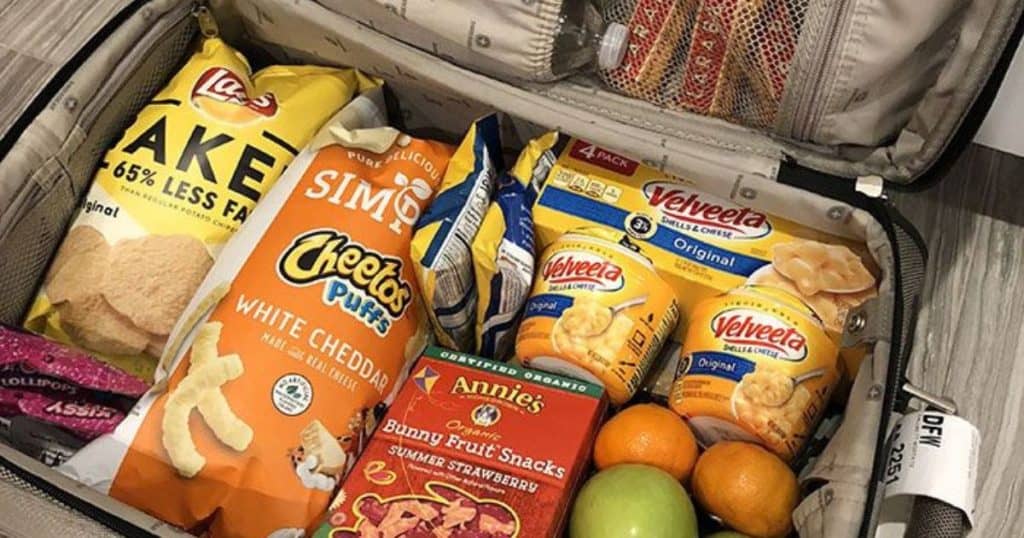
Are you wondering what food items you can bring with you on your next flight? Well, the good news is that you can bring a variety of food items in your carry-on luggage. However, it’s important to note that all food items must undergo X-ray screening.
Solid food items such as bread, candy, pies, cakes, cheese, coffee beans, dried fruit, fresh eggs, pizza, sandwiches, and non-liquid food items are permitted in your carry-on luggage. You can also bring food items that comply with the 3-1-1 liquids rule. This means that you can carry on items that are 3.4 ounces (100 milliliters) or less in a 1-quart-sized bag.
It’s important to note that TSA officers make the final decision on whether certain food items are permitted into the secured areas of the airport. So, it’s always a good idea to check with your airline before bringing any food items on board.
If you’re bringing any food items that are considered liquid, such as yogurt or pudding, make sure they comply with the 3-1-1 liquids rule. This means that they must be in containers that are 3.4 ounces (100 milliliters) or less and placed in a clear, plastic, quart-sized bag.
When packing your food items, make sure they are properly sealed and won’t spill or leak. You can also pack them in a clear plastic bag to make it easier for TSA officers to inspect them.
In summary, you can bring a variety of food items in your carry-on luggage, including solid food items and items that comply with the 3-1-1 liquids rule. Just make sure to properly pack and seal your food items and check with your airline before bringing any food items on board.
Special Rules for Liquids and Gels
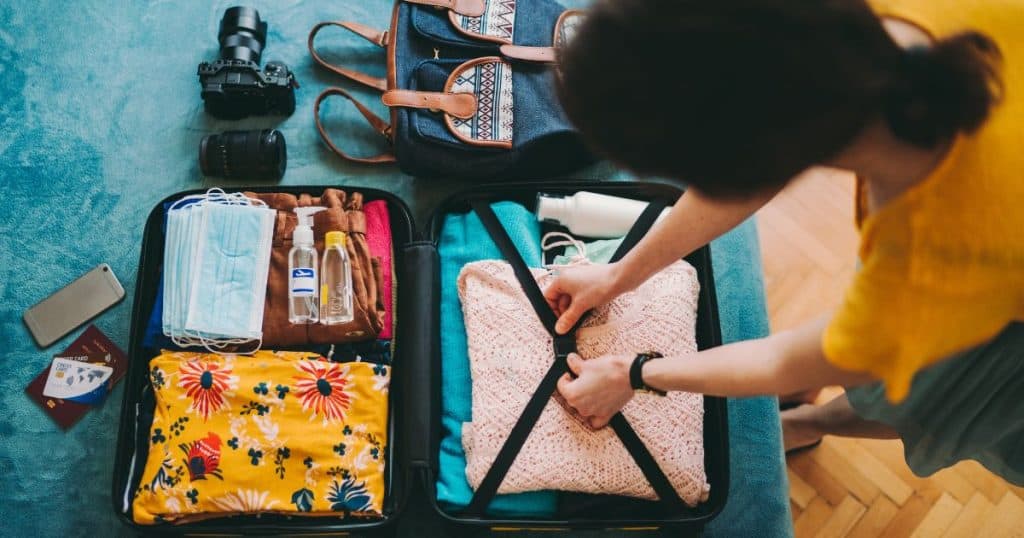
You’re all set to head out on your trip and you’ve packed your carry-on bag with all your favorite snacks and drinks. But wait! Before you head to the airport, it’s important to know the special rules for liquids and gels when traveling with carry-on luggage.
According to the Transportation Security Administration (TSA), you are allowed to bring a quart-sized bag of liquids, aerosols, gels, creams, and pastes in your carry-on bag and through the checkpoint. These are limited to travel-sized containers that are 3.4 ounces (100 milliliters) or less per item. This is known as the 3-1-1 liquids rule and it applies to all liquids and gels, including toiletries, medicines, and food items.
When packing your liquids and gels, it’s important to keep in mind that they must be placed in a clear, plastic, quart-sized bag and presented separately at the security checkpoint for inspection. You are only allowed one bag per person, so make sure to choose your items wisely.
If you’re planning on bringing alcoholic beverages in your carry-on bag, there are a few additional rules to keep in mind. Mini bottles (sometimes called “nips”) of alcohol are allowed in your carry-on bag, as long as they are in a quart-sized bag and meet the 3-1-1 liquids rule. However, if you’re planning on bringing a larger bottle of wine or other alcoholic beverage, it must be packed in your checked luggage.
It’s also important to note that the TSA does not allow liquid-filled teethers in carry-on luggage. If you’re traveling with a baby, make sure to pack any teethers in your checked luggage to avoid any issues at the security checkpoint.
Overall, it’s important to be aware of the special rules for liquids and gels when traveling with carry-on luggage. By following the 3-1-1 liquids rule and packing your items in a clear, plastic, quart-sized bag, you can ensure a smooth and hassle-free trip through the security checkpoint.
Regulations for Baby and Toddler Foods
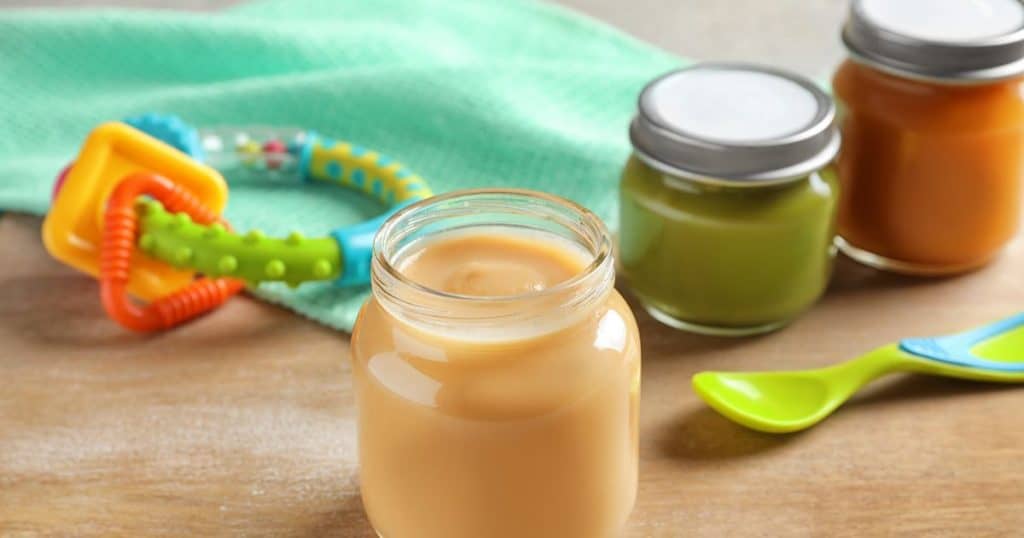
Are you planning to travel with your little one? As a parent, you know that packing for a trip with a baby or toddler can be quite a challenge. You want to make sure you have everything your child needs, including food. But are you allowed to bring baby and toddler foods in your carry-on luggage? Let’s take a closer look at the regulations.
According to the Transportation Security Administration (TSA), baby formula, baby food, breast milk, and toddler drinks are allowed in reasonable quantities in carry-on bags. These items are exempt from the 3-1-1 liquids rule, which means you can bring more than 3.4 ounces of these liquids in your carry-on bag.
However, these items will need to be screened separately from the rest of your belongings. You should inform the TSA officer at the beginning of the screening process that you have these items with you. They may need to open the containers and test the liquids for explosives or other prohibited substances.
It’s important to note that puree pouches, which are a popular choice for babies and toddlers, are also allowed in carry-on bags. However, they may be subject to additional screening. TSA officers may need to open the pouches and examine the contents.
If you’re traveling with a baby or toddler, it’s a good idea to pack enough food and drinks to last for the duration of the flight, plus a little extra just in case. You never know when your flight might be delayed or when your child might need an extra snack or drink.
In summary, baby formula, baby food, breast milk, toddler drinks, and puree pouches are allowed in carry-on bags in reasonable quantities. These items are exempt from the 3-1-1 liquids rule, but they may be subject to additional screening. Make sure to inform the TSA officer at the beginning of the screening process that you have these items with you.
Carrying Frozen and Cooled Items
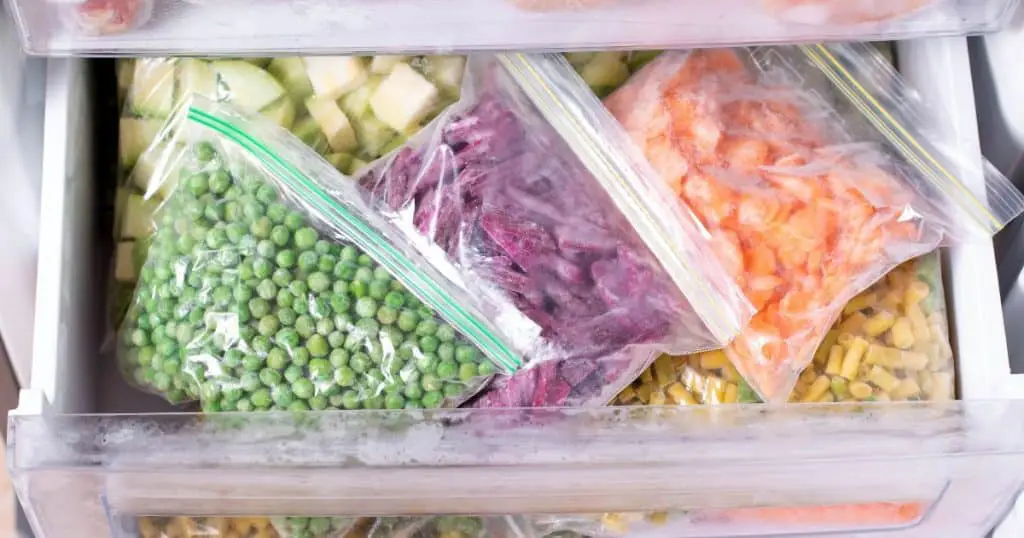
Are you planning to bring some frozen or cooled food items with you on your next flight? Perhaps you’re worried about whether or not they’ll be allowed in your carry-on luggage. Well, worry no more! Here’s everything you need to know about carrying frozen and cooled items on a flight.
First things first, it’s important to note that meat, seafood, vegetables, and other non-liquid food items are permitted in both carry-on and checked bags. However, if the food is packed with ice or ice packs in a cooler or other container, the ice or ice packs must be completely frozen when brought through screening, according to the Transportation Security Administration (TSA).
If the ice or ice packs are partially melted, they may be subject to additional screening, which could cause a delay in your travel plans. So, it’s best to ensure that they’re completely frozen before heading to the airport.
To keep your frozen or cooled items at the right temperature, you can use freezer packs or ice. However, dry ice is not allowed in carry-on luggage, but it is permitted in checked bags as long as it’s properly packaged and labeled. For more information on how to pack dry ice, check out the TSA’s guidelines on What Can I Bring?.
It’s also important to note that if you’re bringing any liquids, gels, or aerosols, they must comply with the TSA’s 3-1-1 rule. This means that each container must be 3.4 ounces (100 milliliters) or smaller, and all containers must be placed in a single, clear, quart-sized bag. For more information on the 3-1-1 rule, check out the TSA’s guidelines on What Can I Bring?.
In summary, frozen and cooled food items are allowed in both carry-on and checked bags. Just make sure that any ice or ice packs are completely frozen when brought through screening, and that any liquids, gels, or aerosols comply with the TSA’s 3-1-1 rule. With these tips in mind, you can enjoy your favorite frozen or cooled foods while traveling without any worries.
Screening of Special Food Items
Are you planning to bring some special food items on your next flight? Maybe you have a juicy steak or some fresh vegetables that you want to enjoy on your trip. Whatever it is, you might be wondering if you can bring it with you in your carry-on luggage. The good news is that most food items are allowed in your carry-on, but there are some rules and regulations you need to be aware of.
When it comes to meat, vegetables, and seafood, you can bring them in both your carry-on and checked bags. However, if you’re bringing live lobster, you can only pack it in your checked luggage. That’s because live lobsters are considered a hazardous material and must be screened separately.
If you’re bringing cooked meat, you can pack it in your carry-on or checked luggage. However, it’s important to note that if the meat is in a sauce or gravy, it’s considered a liquid and must follow the TSA’s 3-1-1 rule. That means the container must be 3.4 ounces or less and placed in a clear, quart-sized bag for screening.
When it comes to vegetables, you can bring them in your carry-on or checked luggage. However, if they’re packed with ice or ice packs in a cooler or other container, the ice or ice packs must be completely frozen when brought through screening.
It’s important to note that all food items must undergo X-ray screening, and TSA officers make the final decision on whether certain items are permitted into the secured areas of the airport. If you’re unsure about a particular food item, it’s best to check with the TSA before you travel.
In summary, most food items are allowed in your carry-on luggage, but there are some rules and regulations you need to follow. Meat, vegetables, and seafood are allowed in both your carry-on and checked bags, but live lobster can only be packed in your checked luggage. Cooked meat in sauce or gravy must follow the TSA’s 3-1-1 rule, and vegetables packed with ice or ice packs must be completely frozen when brought through screening. Always check with the TSA if you’re unsure about a particular food item.
Rules for Powders and Spices
Are you a tea lover or a spice enthusiast? Do you like to carry your favorite energy powder with you while traveling? If so, you might be wondering if you can bring powders and spices in your carry-on luggage. The good news is that you can! However, there are some rules you need to follow to avoid any inconvenience at the airport.
When it comes to powders, the TSA has some restrictions in place. Powders over 12 oz. or 350mL in carry-on that cannot be resolved at the central checkpoint will not be allowed onto the cabin of the aircraft and will be disposed of. So, if you’re carrying a large container of protein powder or energy powder, it’s better to pack it in your checked bag. However, if you’re carrying a small container of powder, it’s allowed in your carry-on luggage.
Spices, on the other hand, are generally good to go. Since spices are dried, they’re not considered a liquid or gel and are allowed in both carry-on and checked bags. However, make sure your spices are clearly labeled and unopened, so they’re not mistaken for other substances. If you’re carrying a large quantity of spices, it’s better to pack them in your checked bag to avoid any confusion at the security checkpoint.
It’s important to note that energy powder and spices fall under the category of powders, so if you’re carrying a large quantity of energy powder or spices, it’s better to pack them in your checked bag to avoid any inconvenience.
In summary, powders over 12 oz. or 350mL in carry-on that cannot be resolved at the central checkpoint will not be allowed onto the cabin of the aircraft and will be disposed of. Spices are generally allowed in both carry-on and checked bags, but make sure they’re clearly labeled and unopened. If you’re carrying a large quantity of powders or spices, it’s better to pack them in your checked bag to avoid any confusion at the security checkpoint.
Now that you know the rules for powders and spices, you can pack your favorite tea leaves or spices for your next trip without any worries. Just remember to follow the TSA guidelines and pack them appropriately.
Carrying Alcoholic Beverages
You’ve just returned from your trip to Napa Valley, and you’re excited to share your favorite bottle of wine with your friends back home. But, can you carry that bottle of wine in your carry-on luggage? The answer is yes, but with some restrictions.
When it comes to carrying alcoholic beverages in your carry-on luggage, the TSA has some rules you need to follow. First, you can carry alcoholic beverages with less than 70% alcohol in your checked bags, but there are limits. You can carry up to 5 liters (1.3 gallons) of alcoholic beverages with more than 24% but not more than 70% alcohol in your checked bags, and they must be in unopened retail packaging. Mini bottles of alcohol in carry-on must be able to comfortably fit into a quart-sized bag.
If you’re carrying wine, you can bring it in your carry-on luggage, but it must be in a container that is 3.4 ounces (100 milliliters) or less per item. If you’re carrying more than one bottle, you must pack them in your checked bags.
It’s important to note that the TSA may ask you to remove any alcoholic beverages from your carry-on luggage during the security screening process. If you’re unsure about whether you can bring a particular alcoholic beverage in your carry-on luggage, it’s best to check with your airline before you travel.
In summary, you can carry alcoholic beverages in your checked bags, but there are limits. Mini bottles of alcohol in carry-on must be able to comfortably fit into a quart-sized bag. If you’re carrying wine, it must be in a container that is 3.4 ounces (100 milliliters) or less per item. If you’re unsure about whether you can bring a particular alcoholic beverage in your carry-on luggage, it’s best to check with your airline before you travel.
Carrying Canned and Container Foods
Are you someone who loves to travel with your favorite canned or container foods? Well, the good news is that you can bring them with you on your carry-on luggage. However, there are some rules and regulations that you need to follow to ensure a hassle-free security screening process.
When it comes to canned food, the Transportation Security Administration (TSA) allows it in your carry-on luggage. But, it’s always recommended to pack them in your checked bag. Why? Because most canned foods contain more than 3.4 ounces of liquid, and they are hard to view on the X-ray machine, meaning that they will require extra screening.
If you’re carrying container foods, you must ensure that they comply with the TSA’s 3-1-1 liquids rule. This means that the container must be 3.4 ounces or less per item, and all the containers must be placed in a single, clear, quart-sized bag. You must remove the bag from your carry-on luggage and place it in the screening bin for X-ray screening.
It’s essential to note that the TSA may ask you to remove the container from your carry-on luggage for further inspection. So, it’s better to pack it separately to avoid any inconvenience.
If you’re carrying baby food, you’re allowed to bring as much as you need for your journey. You can also bring breast milk, formula, and juice for infants or toddlers in your carry-on luggage. However, you must inform the TSA officer about it during the screening process.
In summary, you can carry canned or container foods in your carry-on luggage, but there are specific rules and regulations that you must follow. By adhering to these rules, you can ensure a smooth and hassle-free screening process.
Understanding Checked Baggage Rules
You’ve got your carry-on luggage sorted out, but what about your checked bags? It’s important to understand the rules and regulations surrounding checked baggage to ensure a smooth travel experience. Here’s what you need to know.
Firstly, it’s important to note that each airline has its own specific rules and regulations when it comes to checked baggage. You should always check with your airline before packing to ensure that you are compliant with their policies.
When it comes to food items, the TSA allows most foods to be transported in checked bags. However, there are a few restrictions to keep in mind. For example, perishable items should be properly packed to prevent spoilage and leakage. Additionally, alcoholic beverages are allowed in checked bags, but there are quantity restrictions.
It’s also important to consider the weight and size of your checked bags. Most airlines have specific weight and size restrictions for checked baggage, and fees may apply for bags that exceed these limits. Be sure to check with your airline to avoid any surprises at the airport.
Another thing to keep in mind is that checked bags may be subject to additional screening by TSA agents. This may include opening your bags and inspecting their contents. To avoid any delays or issues, it’s recommended that you pack your bags in a way that makes it easy for TSA agents to inspect them.
Overall, understanding the rules and regulations surrounding checked baggage can help ensure a smooth and stress-free travel experience. Remember to check with your airline before packing, properly pack any perishable items, and be mindful of weight and size restrictions.
Special Instructions and Accommodations
You’re all packed and ready to go on your much-awaited vacation. You’ve got your passport, your boarding pass, and your carry-on luggage. But wait, what about the snacks and food items you were planning to bring on the flight? Can you bring them with you on the plane?
The good news is that the Transportation Security Administration (TSA) allows most food items to pass through security checkpoints. However, there are a few special instructions and accommodations you need to be aware of when it comes to bringing food on a plane.
Firstly, if you’re carrying any liquids, gels, creams, or pastes, they must comply with the 3-1-1 rule. This means that you can carry on items that are 3.4 ounces (100 milliliters) or less in a 1-quart-sized bag. Any liquids larger than this will need to be checked in your luggage.
If you’re carrying any reasonable quantities of food items, they can be placed in your carry-on luggage. However, it’s important to note that some food items may require additional screening. For example, canned foods may appear suspicious on the X-ray and may require additional screening, but they are allowed in checked bags.
If you have any special accommodations or dietary restrictions, you can bring your own food on the plane. However, if your food requires special handling or screening, it’s best to inform the TSA officer before going through security. This will help to avoid any delays or issues.
Finally, if you’re carrying any food items that are considered to be liquid or gel-like, such as yogurt or pudding, they must be screened separately. This means that you will need to remove them from your carry-on luggage and place them in a separate bin for screening.
In summary, most food items are allowed in carry-on luggage, but there are a few special instructions and accommodations you need to be aware of. Make sure to comply with the 3-1-1 rule for liquids, be prepared for additional screening for certain food items, and inform TSA officers if you have any special accommodations or dietary restrictions. With these tips in mind, you can enjoy your snacks and food items on your flight without any issues.
Prohibited Items in Carry-On Luggage
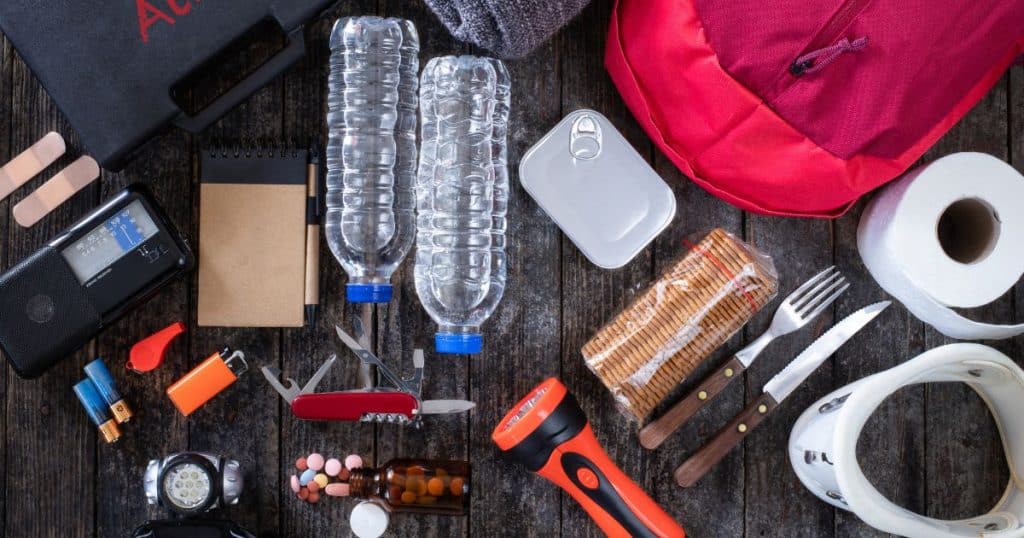
You’ve just packed your bags, and you’re ready to head out on your long-awaited vacation. You’ve got your sunscreen, your camera, and your favorite snacks all packed up and ready to go. But wait, are you sure that all of the items in your carry-on luggage are allowed on the plane?
The Transportation Security Administration (TSA) has strict rules and regulations about what you can and cannot bring on a plane. While most food items are allowed in carry-on luggage, there are some prohibited items that you need to be aware of.
One of the most important things to keep in mind is that explosives are strictly prohibited in carry-on luggage. This includes fireworks, flares, and gunpowder. It’s important to note that even small amounts of explosive materials, such as toy caps, are not allowed on the plane.
Another prohibited item in carry-on luggage is liquids over 3.4 ounces or 100 milliliters. This includes items like shampoo, lotion, and mouthwash. However, small amounts of liquid medications and baby formula are allowed in carry-on luggage.
In addition, there are some food items that are prohibited in carry-on luggage. This includes items like yogurt, pudding, and jello, which are considered liquids. If you do bring liquids in your carry-on luggage, they must be in a clear, quart-sized bag and be easily accessible for inspection.
It’s also important to note that some fresh fruits and vegetables are prohibited in carry-on luggage, especially if you’re traveling internationally. This is because they can carry pests and diseases that could harm crops in other countries.
To avoid any issues at security checkpoints, it’s always a good idea to check the TSA website for a complete list of prohibited items in carry-on luggage. By doing so, you can ensure that your trip goes smoothly and that you don’t have to surrender any of your favorite items at the security checkpoint.
Remember, the TSA’s primary concern is the safety of all passengers on the plane. By following their guidelines, you can help ensure a safe and enjoyable trip for everyone.
Role of TSA Officers and Flight Attendants
You’re all set to take off on your long-awaited trip. You’ve packed your bags, grabbed your passport, and you’re ready to go. But wait, what about the snacks you packed in your carry-on luggage? Are they allowed to be brought on the plane? This is where the role of TSA officers and flight attendants come in.
TSA officers are responsible for screening all carry-on luggage and making sure that all items comply with the rules and regulations set by the TSA. This includes checking for any prohibited items, including liquids, gels, and aerosols that exceed the 3-1-1 rule. They also check for any food items that may be considered a liquid or gel, such as yogurt or pudding.
If you’re unsure whether a specific food item is allowed in your carry-on luggage, don’t hesitate to ask a TSA officer. They are there to help and ensure that your travel experience is as smooth as possible.
Once you’ve passed through security and are on the plane, flight attendants take over. They are responsible for ensuring the safety and comfort of all passengers on the flight. This includes enforcing the rules set by the TSA, such as ensuring that all carry-on luggage is stowed properly and that all passengers are seated with their seatbelts fastened during takeoff and landing.
If you have any questions or concerns about the food items you brought on the plane, don’t hesitate to ask a flight attendant. They are there to assist you and make your flight as enjoyable as possible.
Overall, both TSA officers and flight attendants play a crucial role in ensuring that all passengers have a safe and comfortable travel experience. So, if you’re ever unsure about whether a specific food item is allowed in your carry-on luggage, don’t hesitate to ask for assistance from these professionals.
FAQs
What food Cannot be taken on a plane?
When traveling by plane, there are certain food items that you cannot bring with you in your carry-on or checked luggage. These items include liquids or gels over 3.4 ounces, such as yogurt, pudding, and salad dressing. Additionally, any food items that are considered hazardous, such as flammable or explosive foods, are strictly prohibited.
Can I bring food through TSA on my carry-on?
Yes, you can bring food through TSA on your carry-on, but it must be properly packaged and screened. Solid food items, such as sandwiches, fruit, and granola bars, can be transported in your carry-on or checked bags. However, liquid or gel food items larger than 3.4 ounces are not allowed in carry-on bags and should be placed in your checked bags if possible.
Can I take food on a plane in hand luggage?
Yes, you can take food on a plane in your hand luggage, but it must comply with TSA guidelines. Solid food items are generally allowed, but liquid or gel food items over 3.4 ounces are not allowed in your hand luggage. It’s important to note that some airlines may have additional restrictions on what food items you can bring on board, so it’s always a good idea to check with your airline before you travel.
What are the restrictions for carry-on luggage?
When it comes to carry-on luggage, there are certain restrictions that you need to be aware of. In addition to the restrictions on liquid or gel food items over 3.4 ounces, there are also restrictions on sharp objects, firearms, and other hazardous items. It’s important to check with TSA guidelines before packing your carry-on luggage to ensure that you are complying with all regulations.
Can you bring closed snacks on a plane?
Yes, you can bring closed snacks on a plane, as long as they comply with TSA guidelines. Solid food items, such as chips, crackers, and cookies, are generally allowed in your carry-on or checked bags. However, it’s important to note that TSA officers may instruct travelers to separate items from carry-on bags such as foods, powders, and any materials.
Can you bring cooked food through TSA?
Yes, you can bring cooked food through TSA, but it must be properly packaged and screened. Solid food items, such as cooked chicken, pasta, and vegetables, are generally allowed in your carry-on or checked bags. However, liquid or gel food items over 3.4 ounces are not allowed in your carry-on bags and should be placed in your checked bags if possible.
In summary, when traveling by plane, it’s important to be aware of the restrictions on food items that you can bring with you. Solid food items are generally allowed, but liquid or gel food items over 3.4 ounces are not allowed in your carry-on bags and should be placed in your checked bags if possible. Additionally, it’s important to check with your airline for any additional restrictions on food items before you travel.

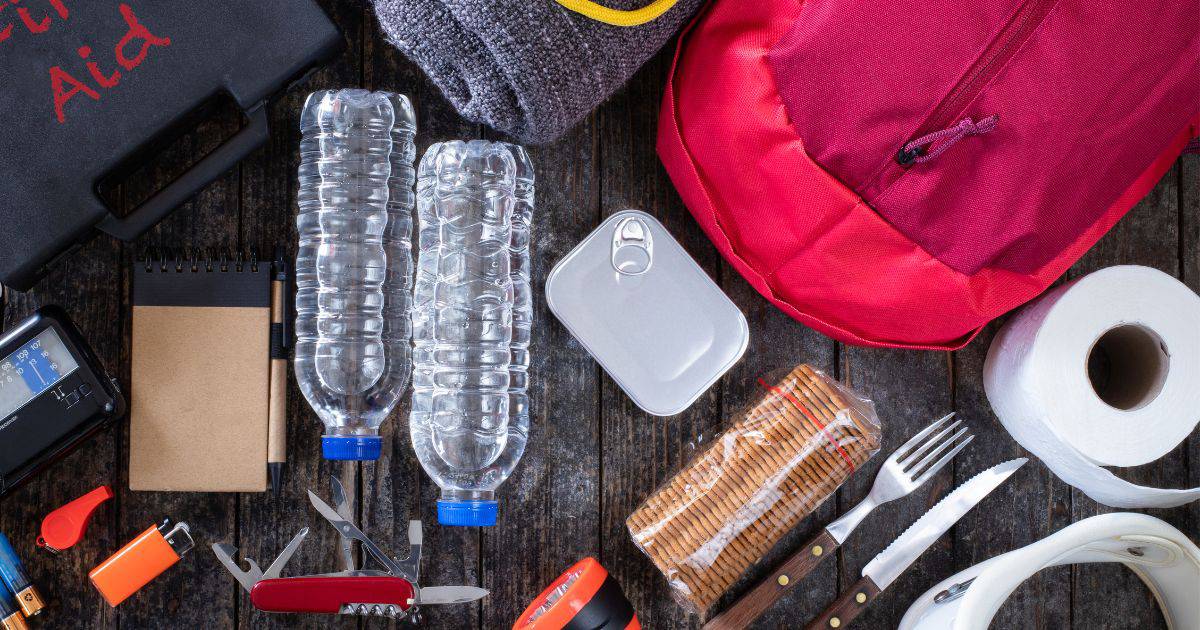

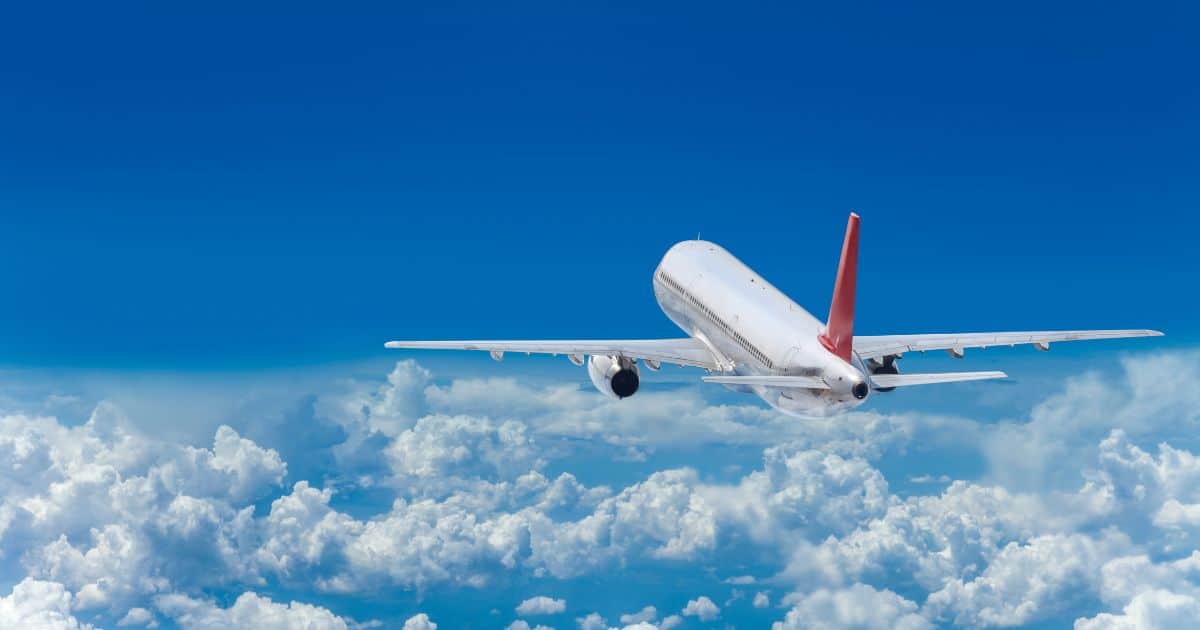
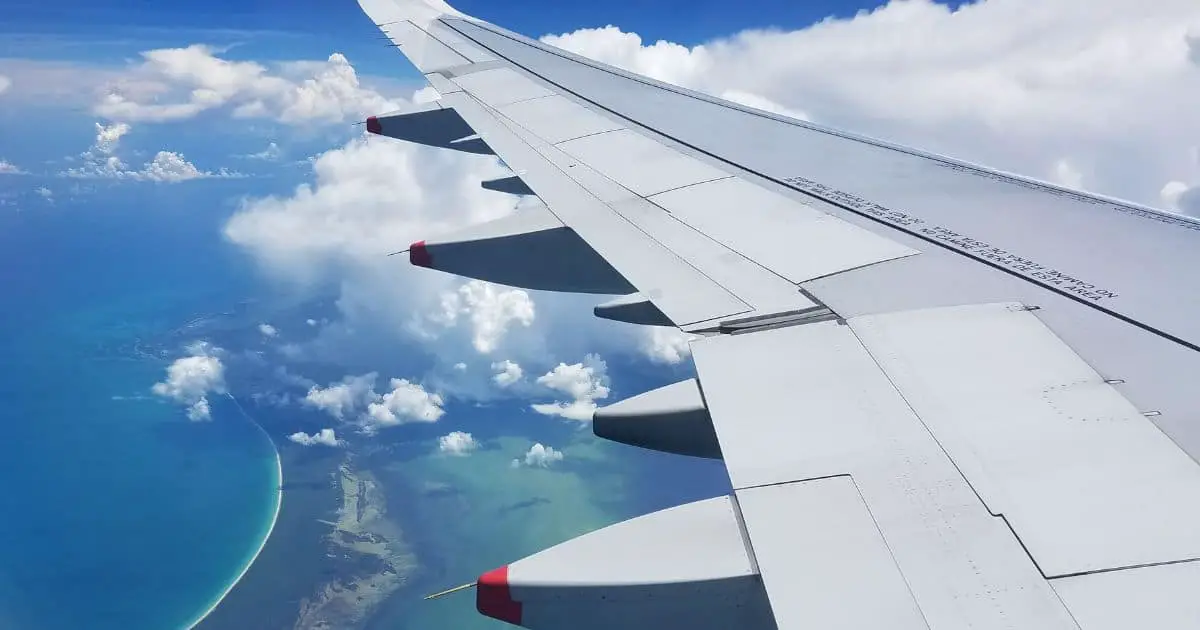
Leave a Reply